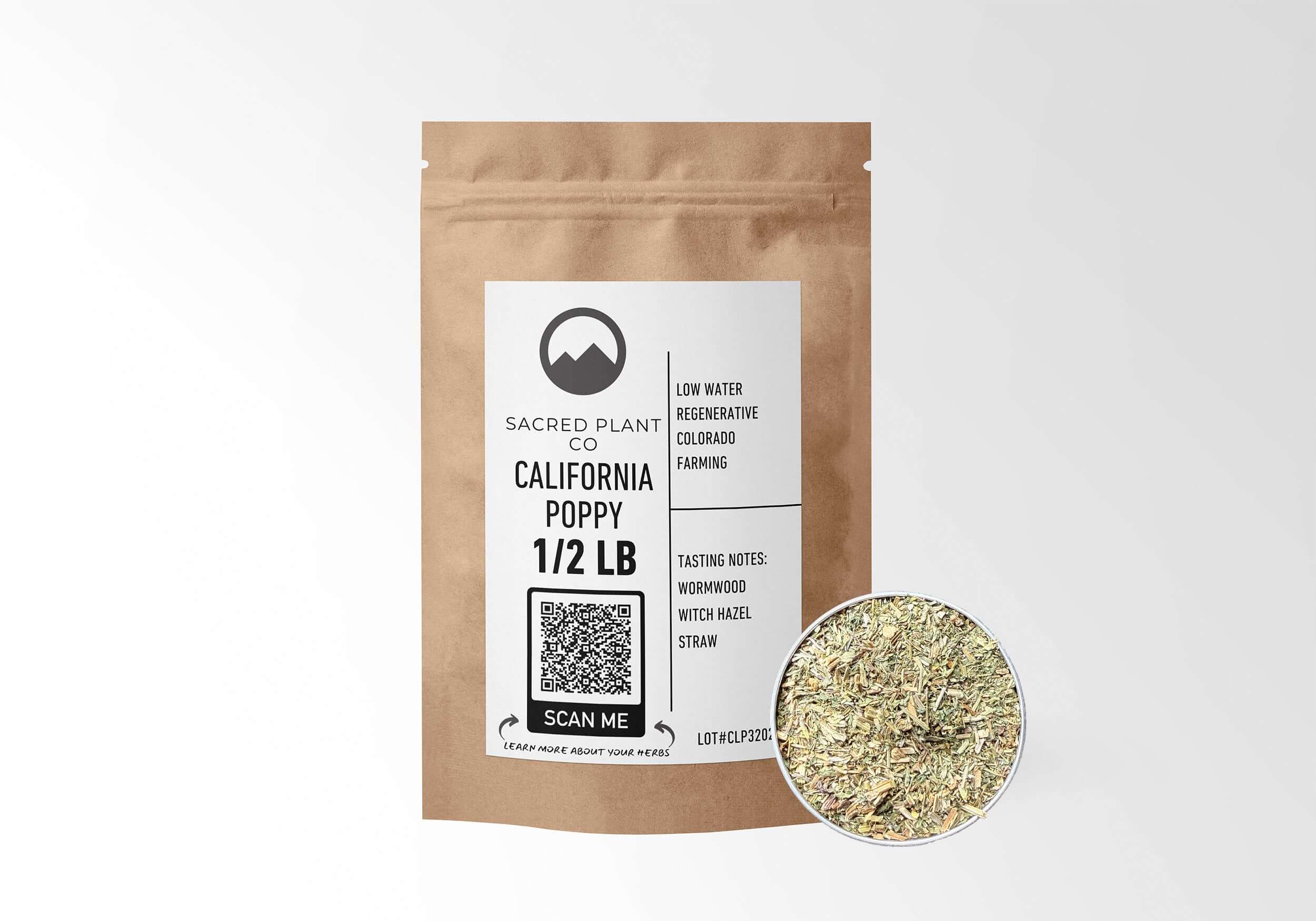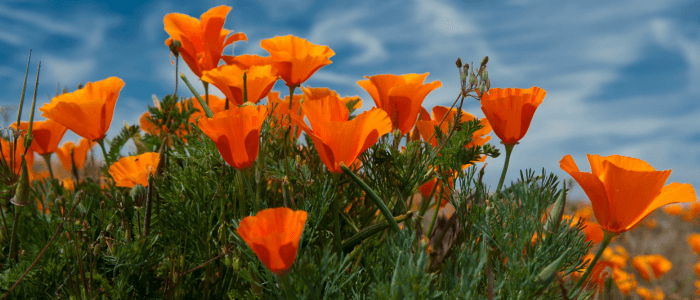California Poppy (Eschscholzia californica): A Practical Guide to Uses, Evidence, Safety, and Preparation
Quick takeaway: California poppy is a gentle, evening-friendly herb used traditionally for rest and nervous tension. Below you’ll find how people use it (tea, tincture), what researchers have explored so far, safety and interaction notes, an evidence-aware FAQ, and a product card—placed away from images for a clean layout.
What It Is & How It’s Been Used

California poppy (Eschscholzia californica) is an aromatic member of the poppy family valued in Western herbal traditions for supporting rest and easing nervous tension. The herb contains a family of isoquinoline alkaloids—most notably californidine, escholtzine, and protopine—that are considered pharmacologically relevant, though amounts can vary across products. :contentReference[oaicite:0]{index=0}
How it might work: Preclinical studies suggest some constituents gently modulate GABAA receptors and other targets related to relaxation—mechanisms consistent with the herb’s traditional use, yet still an active area of study. :contentReference[oaicite:1]{index=1}
What the Evidence Says (So Far)
- Mood & tension: In a randomized, placebo-controlled study, a combination formula containing standardized hawthorn (Crataegus), California poppy, and magnesium improved symptoms in people with mild–moderate anxiety compared with placebo. This supports interest in the herb within multi-herb formulas; it does not prove single-herb efficacy. :contentReference[oaicite:2]{index=2}
- Sleep: Early/adjunct investigations (including small/open-label trials) explore California poppy for sleep quality; stronger single-herb trials are still limited. :contentReference[oaicite:3]{index=3}
- Bottom line: Traditional use is long-standing; modern human research is emerging and mixed. Choose quality products and track your own response over several weeks.
How to Use It: Tea, Tincture, and Practical Pairings
Tea (gentle, aromatic)
Use 1–2 tsp dried herb per 8 oz hot water. Cover and steep 10–15 minutes; strain. Sip 30–60 minutes before bed or during wind-down routines.
Tincture or Capsules
Follow product directions. General ranges cited for tinctures often translate to roughly 1.5–3 g dried-herb equivalent per day in divided doses. Start low and assess your response. :contentReference[oaicite:4]{index=4}
Smart pairings
- For taste: Peppermint or chamomile round out the slightly bitter, green notes.
- For routine: Many blend with lemon balm, skullcap, or passionflower in evening teas (always evaluate how combinations affect you).
Safety, Interactions & Common-Sense Use
- Drowsiness: May cause sleepiness; avoid alcohol and sedatives/CNS depressants and don’t drive or operate machinery if affected. :contentReference[oaicite:5]{index=5}
- Med interactions: Lab work suggests extracts may influence drug-metabolizing enzymes/transporters; if you take prescription medications, consult a professional. :contentReference[oaicite:6]{index=6}
- Special situations: Avoid during pregnancy/breastfeeding due to limited data; stop 2 weeks before surgery. :contentReference[oaicite:7]{index=7}
Legal myth check (California): The state flower is not protected by a specific “no-picking” law; permission of the landowner is required and taking plants you don’t own can violate trespass/theft statutes. (This is legal information, not advice.) :contentReference[oaicite:8]{index=8}
Educational notice: This guide is for information only and is not medical advice. Work with a qualified professional for personal recommendations.
California Poppy FAQ
What parts of California poppy are used?
Typically the aerial parts (leaf/flower) are used in teas and tinctures; some preparations use whole herb. :contentReference[oaicite:9]{index=9}
How fast will I notice effects?
Many people take it during their evening wind-down and evaluate over 1–2 weeks. It’s gentle—track your sleep and mood to dial in timing and amount.
Can I combine it with other herbs?
Common evening companions include chamomile, lemon balm, skullcap, or passionflower. Avoid stacking with strong sedatives or combining with alcohol. :contentReference[oaicite:10]{index=10}
Is there human research?
Yes, but limited. A combination formula (California poppy + hawthorn + magnesium) helped in a placebo-controlled anxiety study; single-herb trials are fewer and smaller. :contentReference[oaicite:11]{index=11}
Is it the same as the opium poppy?
No—different species with different chemistry. California poppy features alkaloids like californidine and protopine; it isn’t used as a narcotic. :contentReference[oaicite:12]{index=12}
Any driving or heavy machinery cautions?
Yes. If you feel drowsy, don’t drive or operate machinery, and avoid alcohol and sedatives. :contentReference[oaicite:13]{index=13}





